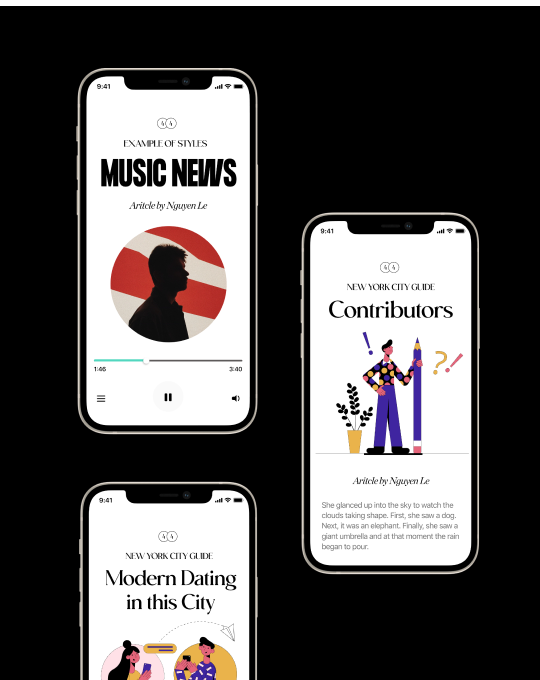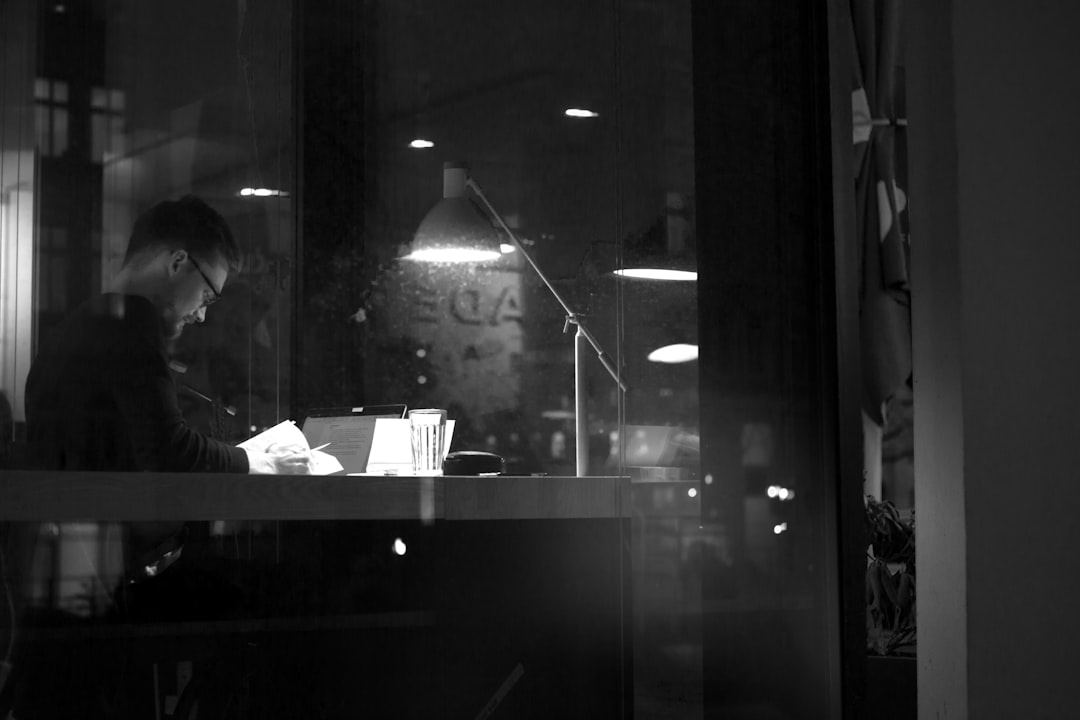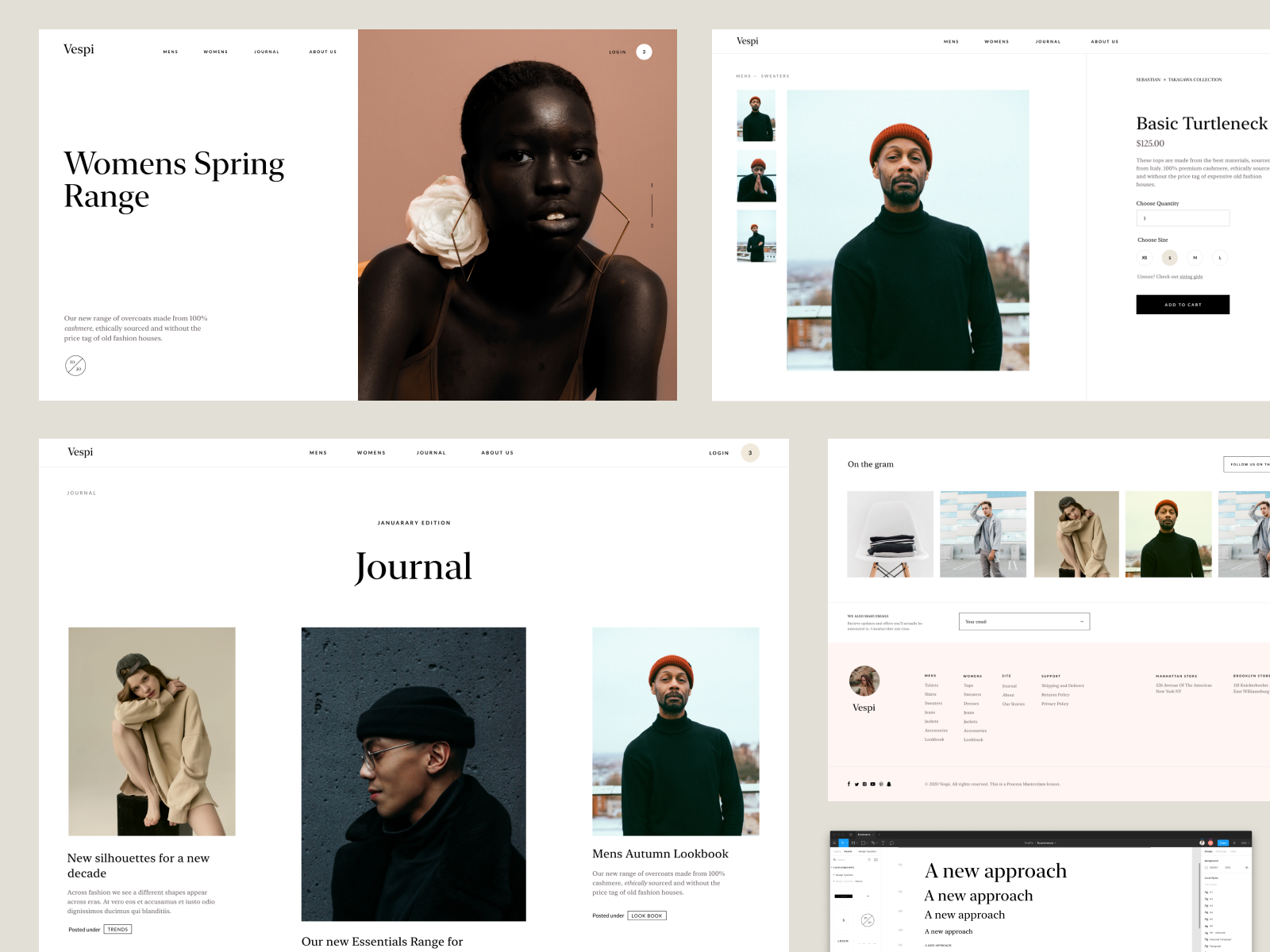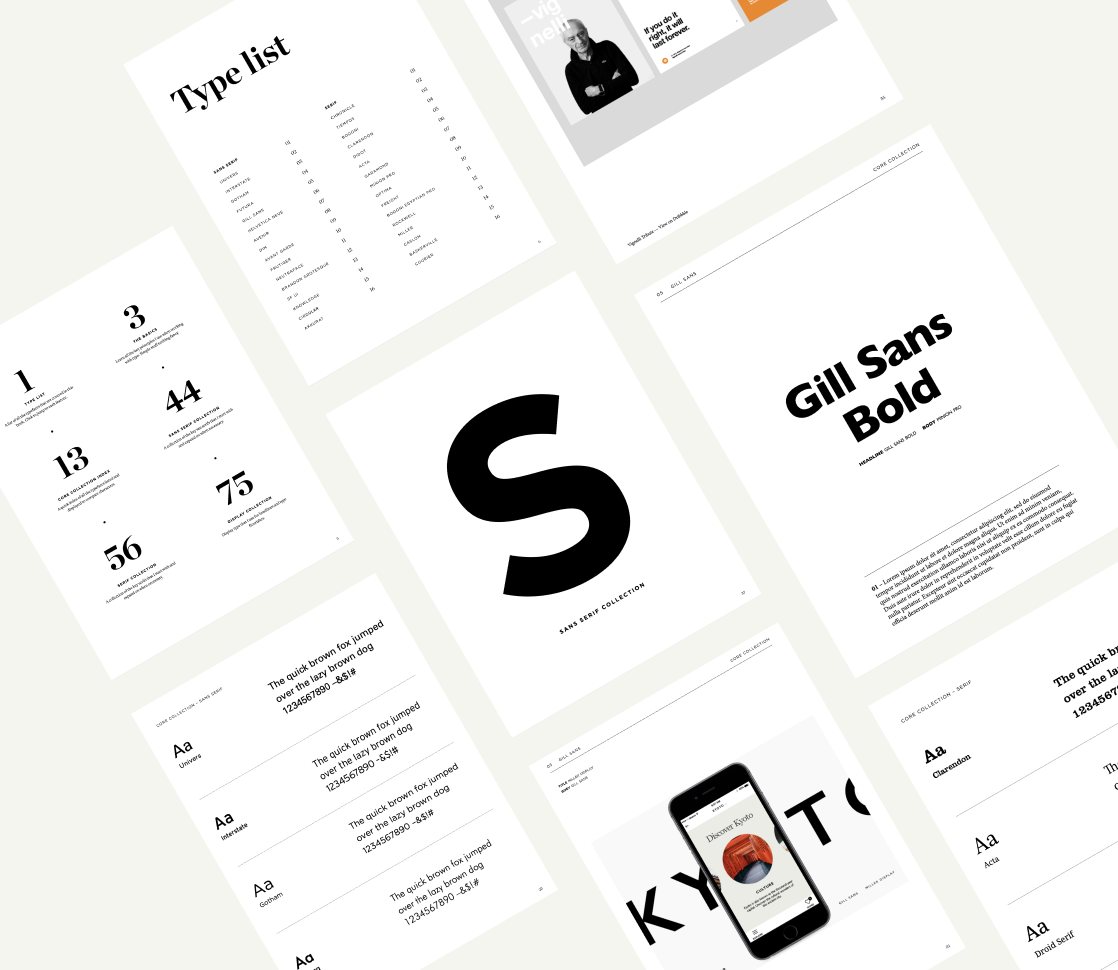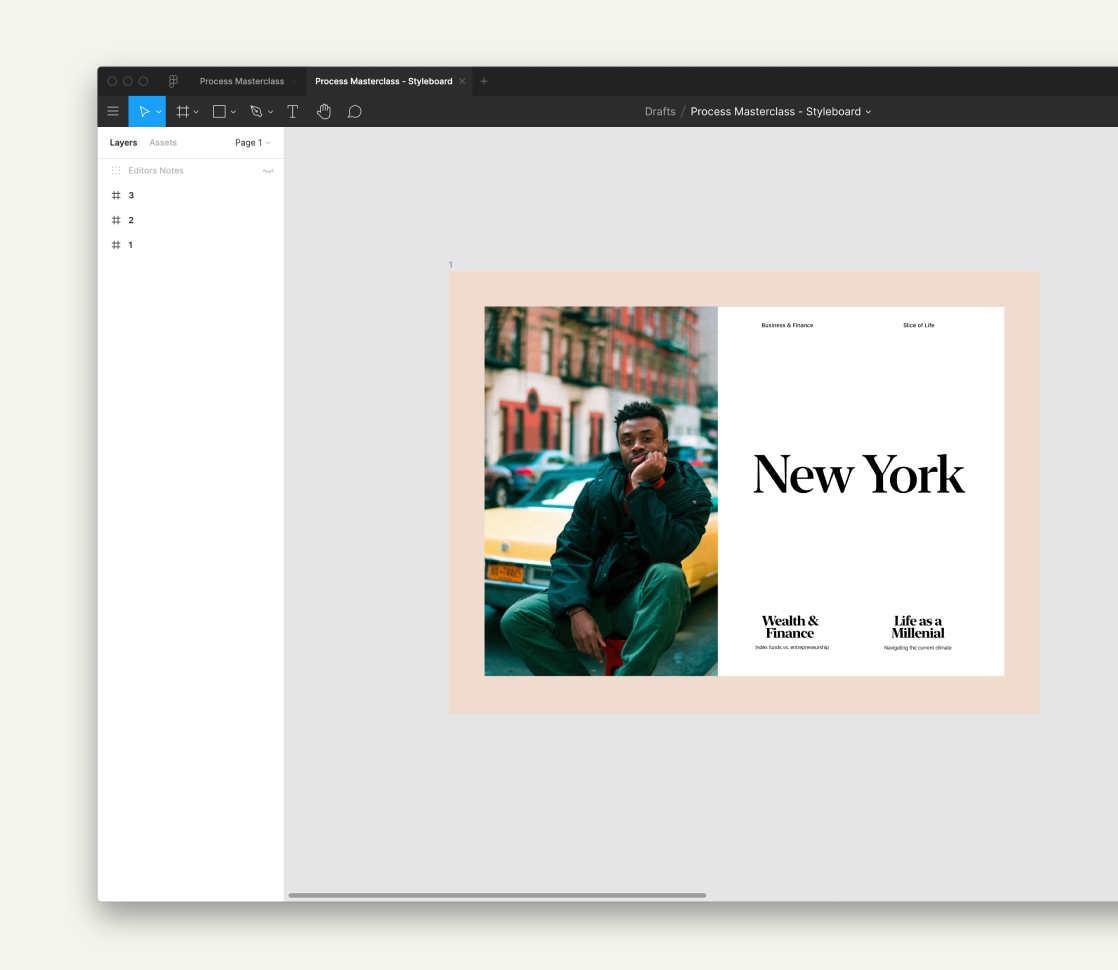Featured under | UX Design
A no bullshit primer
on UX Design
UX design is very simple. The objective is trying to design a great experience for the user, one that exceeds expectations and delivers on extended value. This is my simple approach to user-centric design and what it means.
A LOT HAS BEEN WRITTEN ABOUT UX – or more precisely UX design over the years. UX is just user experiences, and we have experiences with all sorts of things in our everyday lives. From using a fork to sitting in a chair. Even you in this very moment, are reading this article on a phone, tablet, laptop or computer. This is an experience and you are a user ;) I’ve been working in this field and craft for over 10 years. And have seen so many wanky terms get thrown around without much weight or meaning. Just to be on that bandwagon, for that month or year.
Now it's blockchain, dApps, decentralised etc. But back then it was Web 2.0, cutting-edge, social media, usability, UX and so on. In resistance to the early 2000s when designers were trying to rack awards through self indulgent flash designs, came about those that thought about usability. Good information architecture, site mapping, heuristic evaluations and usability testing. To make things more understandable. When the era of masturbatory design died companies needed to jump ship. Most companies began championing usability and UX design in direct response to this. Thinking it was one in the same. All smoke and mirrors.
How do I know? Because I peddled some of that bullshit. But the more I uncovered in time, I realised there was truth and substance within the hype. But it is much more than the facade that companies are putting on. Or what a lot of design schools and UX schools teach.
I’d say the terminology is a lot clearer and more mature today, but I still see a lot of weird shit floating around. I don’t care about textbook examples. I care about results, about driving growth, and about people. About users.
Common Misconceptions
So let’s start by what UX design is not. UX design is not about drawing boxes or wireframing. And it's not about doing cool new interactions. “Wow that’s great UX!!!!!” No that’s a nifty prototype interaction. It’s not information architecture or having photos of you putting post it notes on the wall. Or a list of check box items you tick off. User Personas, lengthy research and documentation etc.
UX design is very simple. The objective is trying to design a great experience for the user, one that exceeds expectations and delivers on extended value.
Simple stuff. But that comes in a variety of shapes and forms. A great experience for one market or audience may be horrible for another. Sometimes you want a place to know your name and strike a conversation with you, ask you how your day was etc. (Starbucks experience) Other times you just want empowerment to get something fixed immediately without having to call a call centre. Or to rely on someone else. Utility tools to enable you to achieve this. (Google, Airbnb) When there are hundreds of different touch points with a brand or product how do you create a consistently great experience? Therein lies the challenges.
In today's landscape. The experience and the service is the brand.
UX design is about anticipation, intention and outcome.
- You anticipate what users want by first understanding exactly who they are.
- What they intend to do.
- And the outcome they hope to have.
UX Design is the influence to create value for users — to build products that are functional, accessible, useful, helpful and meaningful.
It’s about a person’s expectations with your brand and product and then delivering beyond that promise. To deliver a great experience, through a designed system.
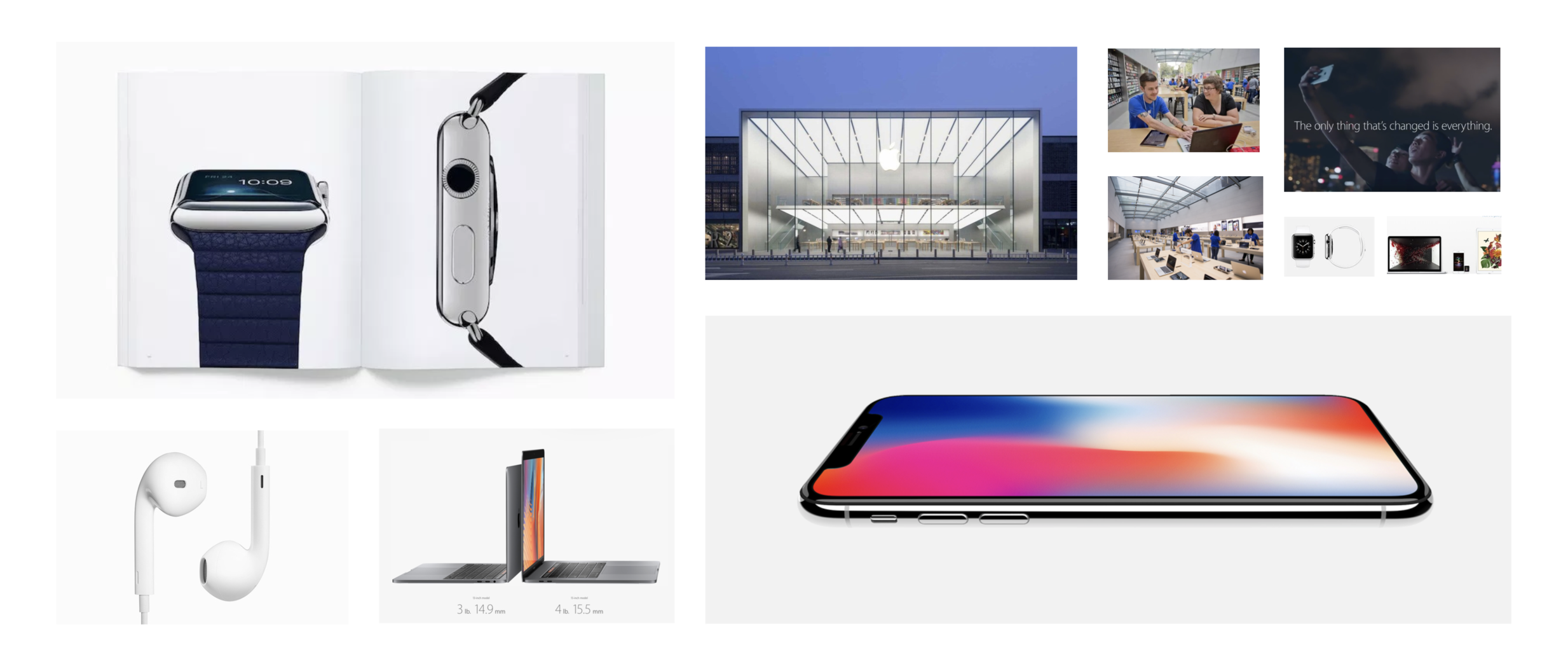
“No product is an island. A product is more than the product. It is a cohesive, integrated set of experiences. ”
DON NORMAN
What users say, feel, think and do is at the heart of designing for a great experience. That’s the aim of the game. You can only service someone if you know who they are and understand what they want. Their hopes, dream, fears, motivations and feelings. It is a very human approach. Remember we don’t design the experience itself, because that comes down to the individual. What someone feels and experiences is personal, we don’t design that experience. But we facilitate the interaction and the product that can positively influence that experience. And how it fits into their lives and their story. Before you get to pixels it is important to see this vision. So why does this matter from a business standpoint?
The goal of UX design in business is to “improve customer satisfaction and loyalty through the utility, ease of use, and pleasure provided in the interaction with a product.”
OXFORD JOURNAL
This is not only the right thing to do, because first of all we are not creating junk. We are delivering value by being good to people and not fucking them over, it acts as a competitive advantage in a crowded marketplace. Part marketing, part design, part business vision. In a world of shareability, with more information and more transparency you can’t get away with average or shitty experiences anymore. You'll get sprung out and people know about it quickly.
Unless you are the only service provider people will go somewhere else. (Netflix vs. Blockbuster, Uber vs. Taxis, Airbnb vs. Hotels) Likewise if you exceed people’s expectations you are creating brand advocacy and loyalists. There’s a whole framework around this called a Net Promoter Score prevalent in business and particularly startups.
Net Promoter or Net Promoter Score (NPS) is a management tool that can be used to gauge the loyalty of a firm's customer relationships. It serves as an alternative to traditional customer satisfaction research and claims to be correlated with revenue growth.
Nothing is more powerful than word of mouth advocacy from someone you trust. The best experiences think about psychology and human behaviour. Knowing when to be invisible, when to be fun, when to be reliable etc.
That’s why nimble startups can disrupt huge organisations, through utilising good design and delivering great experiences. (Of course I am not disillusioned that there are many more variables at play, but today design does play a pivotal role in this competitive landscape)
At the heart of a project, this is what we should try to uncover and consider:
- What do people say they want?
- What do they really want?
- What do people want to achieve?
- What are the edge cases? (Make this great as well)
- What are people's expectations? How can we deliver & then exceed that?
- What do you want people to feel? What are they actually feeling?
- What are people's expectations? How can we deliver & then exceed that?
- What do you want people to feel? What are they actually feeling?

Does the story and design we’ve crafted deliver on great outcomes and a great experience for users? If not where are the weak points and how can we fix this, iteratively.
UX Design Tools & Methods
There are many UX design tools to aid us with this, and they sit within a bigger framework. The methodology and process I use is Design Thinking, LeanUX and the lean startup model. We look at data/analytics, observations, user insights etc. This article is not about those techniques but more about a mindset and an approach to thinking about UX design. But if you are interested in some basic UX design methods - check out this article
Too many people care about ticking checkboxes and requirements to cover their asses rather than what people actually experience and the outcome that generates. I’ve seen process riddled research, equate to work that was no different than if there was no research done at all. Or usability tests done once, not hoping to find pitfalls but were bias in their execution just to validate what was already there. (Changes are wasted billable hours)
An iterative desgin process
The best designed experiences occur through a constant iterative loop. There’ll be a lot of problems and fuckups. Technological restraints. Resource restraints. They are gradual steps. Observing, watching and listening to what users are saying, doing and feeling. And constantly executing and evolving based on that. Prototyping, testing, doing live A/B tests and surveys. An ever changing product, that constantly changes. Understanding that end to end process at every touchpoint. So create a lot of prototypes, go live and get as much feedback/data from users as possible.
Prototype > Test > Launch > Listen > Test > Grow. Repeat.
And then you fall back on this:
What are people's expectations? And how can we deliver on that expectation and exceed it? By utilitsing use surveys, observations and a good NPS. Over time your product becomes more proactive, invisible and integrated into one’s life. As opposed to one that is reactive. Those are the best systems. Or products that constantly provide value to one’s lives.
The purpose of your product may be:
Utility/function – Solving a pain point
Entertainment – Delivering value through entertainment
Empowerment / Community – Connecting people and allowing a platform to have people at the center of the product/design system.
Get the basics right. Make it functional, usable, beautiful, fun, delightful. And then make it so good that you create brand advocates/brand loyalists that spread the message. (Think of the cult of Mac and Apple users) That you your users and create communities around that. That is the leverage of good UX design. And in my opinion just kill the UX part. It’s simply good design.
By 2020 customers will manage 85% of their relationship with an enterprise without interacting with a human.
HARVARD BUSINESS REVIEW
So why should you care as a designer?
You have an opportunity to be a change maker. Digital products will shape and ARE shaping the future. You find perfection through iteration and process. Digital product designers, think holistically about the design from a craft point of view, a business feasibility POV and an advocacy for designing great user experiences. Competency in UX design, is part of that spectrum for being a highly valuable designer. Capable of bringing value to any a large business, a startup, an agency or your own business. So to which we end. Do you know what users think about your work? And do you care enough to understand them.
Enjoyed this article? We've got more
FREELANCE / FEATURE
Learn how I made over $100k in my first year of freelancing, and the key lessons to help you do the same.
CAREER / FEATURE
Thinking about going freelance or running your own indie business one day? I share some of the very lessons that got me to 6-7 figures.
DESIGN TIPS / FEATURE
Build a solid foundation with this typography series as I share my ins and outs for using type in digital design.
UX DESIGN / FEATURE
A guide on how to approach UX design simply without over complicating things. This is my simple approach to user-centric design.
SOME OF OUR MOST POPULAR POSTS
Resources and freebies
LEARN A SOLID DESIGN PROCESS
Increase your value as a UI/UX designer. Learn design thinking and design execution in this comprehensive online masterclass. Great for self taught designers, or those with 1-3 years experience looking to take the next step in their careers.
Join the community
Enjoyed the articles here? Join my personal weekly newsletter about design, business, life and things I'm working on. Sharing 15+ years of design experience, and everything in between. To help increase your value as a designer. Join 20,564 designers.
Unsubscribe anytime. You're in good company, read by designers who have worked at Apple, Adidas, Google, Pitch, Facebook, Slack, Instrument, Work&Co.



